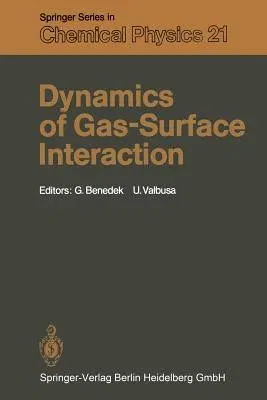Dynamics of Gas-Surface Interaction: Proceedings of the International School on Material Science and Technology, Erice, Italy, July 1-15, 1981 (1982)Paperback - 1982, 23 August 2014

Qty
1
Turbo
Ships in 2 - 3 days
In Stock
Free Delivery
Cash on Delivery
15 Days
Free Returns
Secure Checkout
Part of Series
Springer Chemical Physics
Part of Series
Springer Series in Chemical Physics
Print Length
284 pages
Language
English
Publisher
Springer
Date Published
23 Aug 2014
ISBN-10
3642864570
ISBN-13
9783642864575
Description
Product Details
Book Edition:
1982
Book Format:
Paperback
Country of Origin:
NL
Date Published:
23 August 2014
Dimensions:
23.39 x
15.6 x
1.6 cm
ISBN-10:
3642864570
ISBN-13:
9783642864575
Language:
English
Location:
Berlin, Heidelberg
Pages:
284
Publisher:
Weight:
421.84 gm

